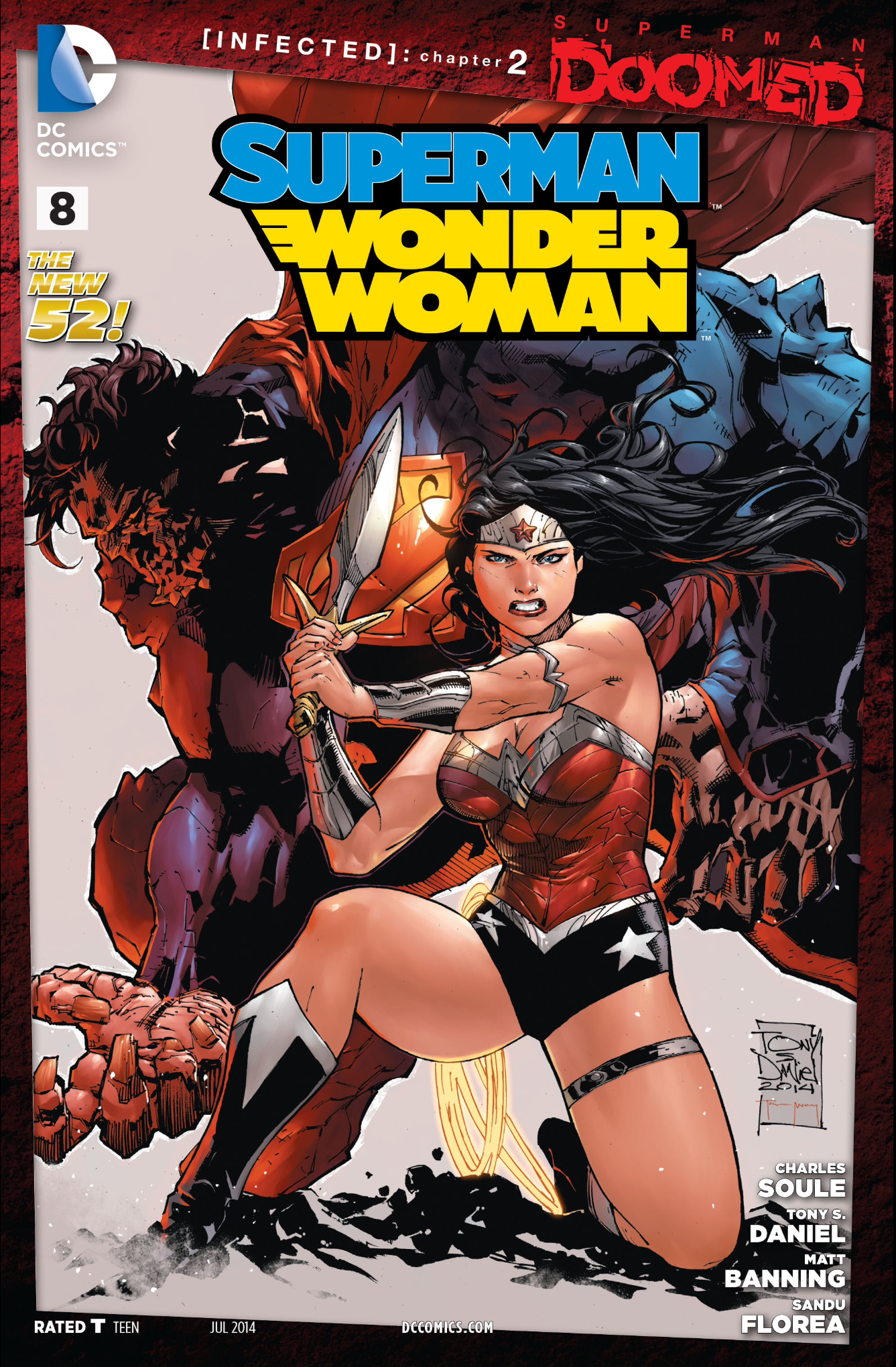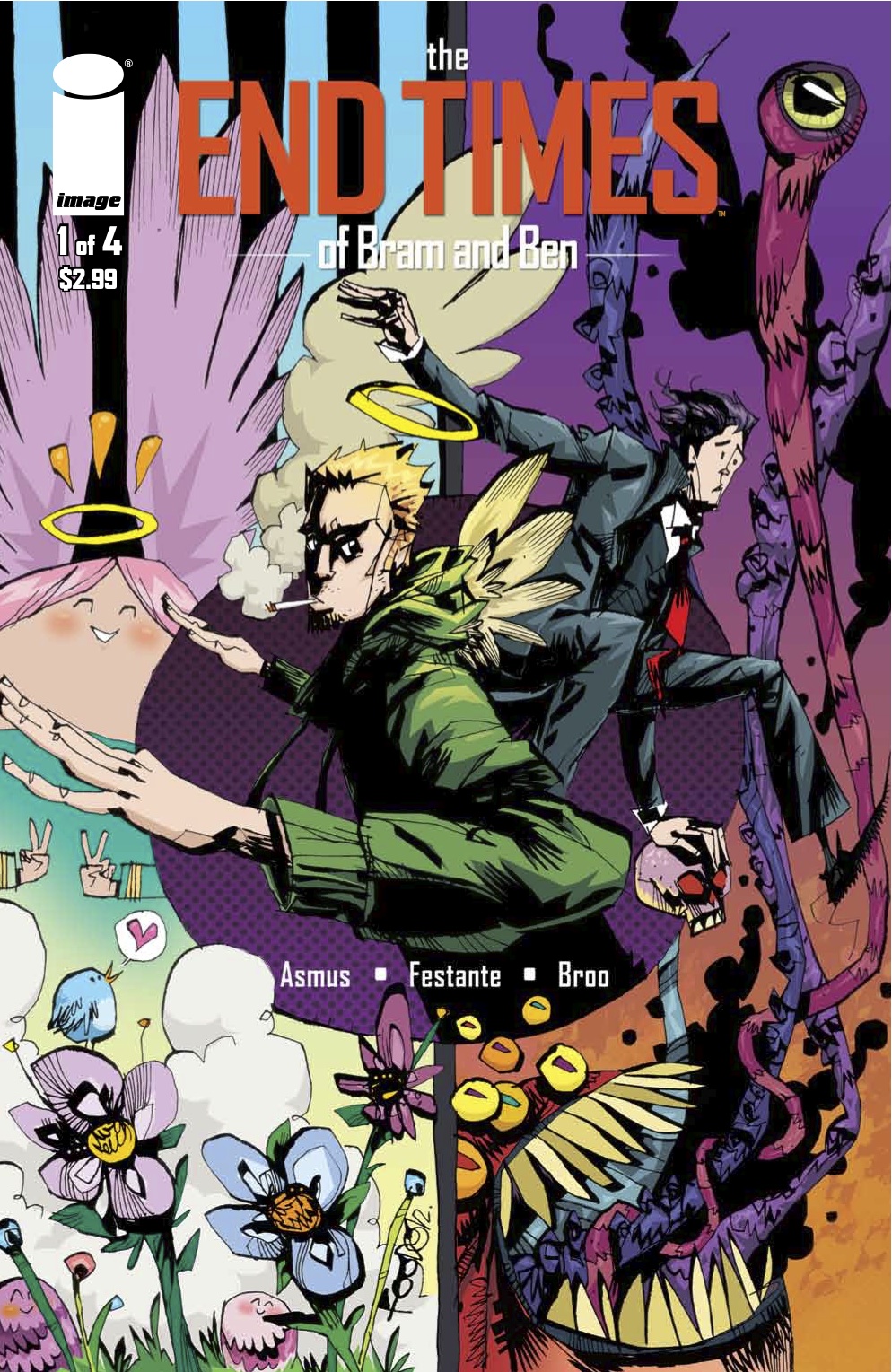Marvels (1994)
Writer: Kurt Busiek
Artist: Alex Ross
Letterers: John Starkings with John Gaushell
Publisher: Marvel
Review by Max Mallet
*Warning: Some Spoilers Ahead*.
“It was clear in their faces: they’d seen the stories in the paper — chuckled over them as they ate their eggs and bacon. But now those faces told a different story — a story of fear and awe. And a world cut loose from its moorings.”

Synopsis
Unlike most capes-and-tights tales, Marvels introduces us to the birth of the super-hero through the eyes and camera lens of the everyman. We follow photojournalist Phil Sheldon through the heart of the 20th century and some of Marvel’s most recognizable stories. From American heroes fighting against the Nazis to Spider-Man dueling against his arch-nemesis to save a single person, Marvels is a consistently nostalgic and gorgeous book. It reminds seasoned Marvel fans why they love this universe, and it gives new readers a peek behind the curtain at the House of Ideas.
Major Storylines
Marvels covers too many storylines to name them all without being verbose. With that said, it’s worth highlighting a choice few:
- The Human Torch vs. Namor. This one has deep roots, all the way back to 1939. This version of the Human Torch is not Johnny Storm, but Jim Hammond, and is an android instead of a flesh-and-bone human. After the mysterious water-dwelling Namor wreaks havoc in New York, the Human Torch battles him, eventually coming to a truce before joining to fight the Nazis.

- X-men and sentinels
When the X-Men arrive on the super-hero scene, the public doesn’t roll out the red carpet like they did for the Avengers. The X-Men are mutants, arguably the next step in human evolution, and as such they terrify the general public because they are perceived as a threat to human hegemony in the animal kingdom. Seizing the opportunity, military scientist Bolivar Trask creates a series of robots, called Sentinels, specifically designed to eliminate the X-Men.

- Planet Earth: Meet the Silver Surfer and Galactus
The third issue in this miniseries introduces Earth to Galactus, a literal world-eater, and the Silver Surfer, his humanoid herald. Galactus is one of the great threats in the Marvel universe, and it’s up to the Fantastic Four to save the planet from this intergalactic giant.

- Death of Gwen Stacy
The concluding issue revolves around the tragic death of Peter Parker/Spider-man’s girlfriend, Gwen Stacy. Our everyman, Phil, knows Gwen through his photography of the super-hero phenomena. What makes this rendition of Gwen’s demise all the more tragic is that Phil actually captures her death on camera. Phil’s inner narrative are the only words on the page, and creates a more haunting effect that what banter the Green Goblin and Spider-Man might be exchanging.

Themes
Nostalgia is a dominant force throughout the entire Marvels miniseries. There’s cheesy dialogue, old-fashioned costumes and the entire miniseries serves as a multi-decade period piece. However, this series is hardly a relic of the past, rather, it feels timeless. This is because of Busiek’s tight writing and supremely emotive storytelling chops. Alex Ross’s artistic wizardry cements Marvels’ grandiosity, as the man’s glossy realism belongs in a museum.
There are a myriad of familiar Marvel storylines that present themselves without dominating the storyline. The Daily Bugle framing Spider-Man as a menace, Captain America’s status as the personification of American exceptionalism and Luke Cage’s mercenarial place in the world of heroes are all in these pages.
The strongest familiar theme lives in the second issue, with the X-Men and the Sentinels. Busiek conjures the grizzly, more shameful aspects of America’s past while depicting the American public as feverishly anti-mutant. The dynamic serves a litany of parallels: the X-Men have always been the representation of ‘the other’ in Marvel’s universe. They could be stand-ins for the burned innocents accused of witchcraft or ethnic, sexual or racial minorities.
One Memorable Scene
In the second issue of the story, Phil stumbled upon an angry mob that has cornered a few X-Men in New York. Phil has overtly expressed prejudice for mutants, and his impulses get the best of him when he hurls a brick at Iceman.

On his way home, he ponders the advent of mutants, and their place in the world. It’s easy to imagine the word “mutant” replaced with a number of identifiers commonly used in public discourse to this day:

Phil serves as a useful metaphor for society. When his family discovers a runaway mutant girl in their basement, fate asks him what kind of person he wants to be:


The previous chapter deals significantly with American entanglement in World War Two. This primes the reader to more easily recognize the Holocaust anecdote that the second issue illuminates: An angry mob that has a scapegoat for all its fears, a girl belonging to the scapegoating group, hiding in a neighborhood basement. Busiek lays the analogy on thick, but the emotional payoff is second-to-none. Super-hero stories come with certain restraints, especially when making social commentary. Marvels is exceptionally honest about human nature, both in its capacity for barbarism and for kindness.

Place in Marvel Lore
Marvels is a fantastic jumping-on point for new readers who feel overwhelmed by an oversaturated super-hero marketplace. Kurt Busiek’s storytelling is rich, its protagonist is unapologetically human and relatable. If you’ve ever wanted to read a super-hero comic that is at once bold yet somewhat grounded, then your search is over. Furthermore, Alex Ross morphs fantastical stories into sublime artistic realism. If you’ve ever wondered what Captain America and Spider-Man would look like in real life, this is as close an approximation as a comic will ever give you.
Largely due to its timeless charm, Marvels is a book that has aged well with time. It’s a useful primer to the Marvel universe, and a great place for any story-lover who has trepidations about super-hero comics to give the genre a test-ride.












